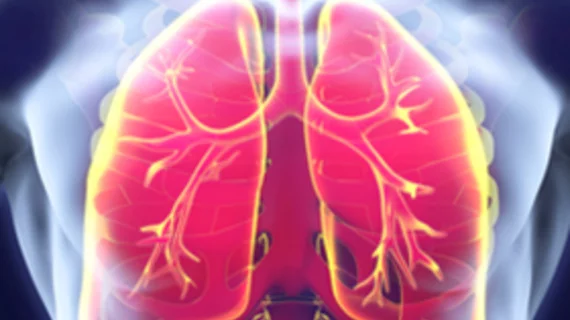Negative CT-PA scans could increase time-to-disposition in patients seen for pulmonary embolism
Due to the potentially life-threatening nature of pulmonary embolisms, swift diagnosis and treatment are crucial. And new evidence suggests a target time-to-disposition for ruling out PE may be four hours.
The retrospective study used the radiology information system at King Fahd Hospital of Iman Abdulrahman Bin Faisal University in Saudi Arabia to examine all requests for computed tomography pulmonary angiograms (CT-PA) in the emergency department between January 2018 and December 2019. It sought to determine what might affect the time-to-disposition sitting below the four-hour target. Stats on arrival and discharge times, as well as demographic and clinical information were collected from the electronic health record system.
In total, 232 cases (76 men, 156 women) were examined. The results determined that the time-to-disposition goal was met in 37% of patients, with the average stay being 5.2 hours.
Multivariable analysis was utilized to determine independent factors that might impact the timelines. That analysis indicated that patients with positive CT-PA scans for PE were independently associated with meeting the four-hour mark. Conversely, patients with negative scans were shown to miss it. Hemoptysis was the only clinical symptom determined in meeting the four-hour timeline, though hypoxia, and altered consciousness reduced the overall stay of the patient. Patients who had a D-dimer assay had stays longer than those who did not, though not significantly.
Surprisingly, the time of visit did appear to relate to the duration of stay. Patients who were seen during weekends met the four-hour mark more than those who presented during weekdays, despite there being less staff available. Weekend patients’ stays were reduced by approximately half an hour, the authors noted.
Overall, the study suggests that patient and environmental factors (patient demographics, arrival and discharge times, etc.) are not major factors in achieving time-to-disposition goals. Rather, a lack of thorough clinical assessments that would further rule out PEs without CT-PA scans could be at least partially responsible. This further solidifies the crucial need for accurate and thorough assessments during patient triage in emergency departments.
You can view the full study in BMC Emergency Medicine.

